Morris Arboretum birdhouses strictly for the people
Listen-

-
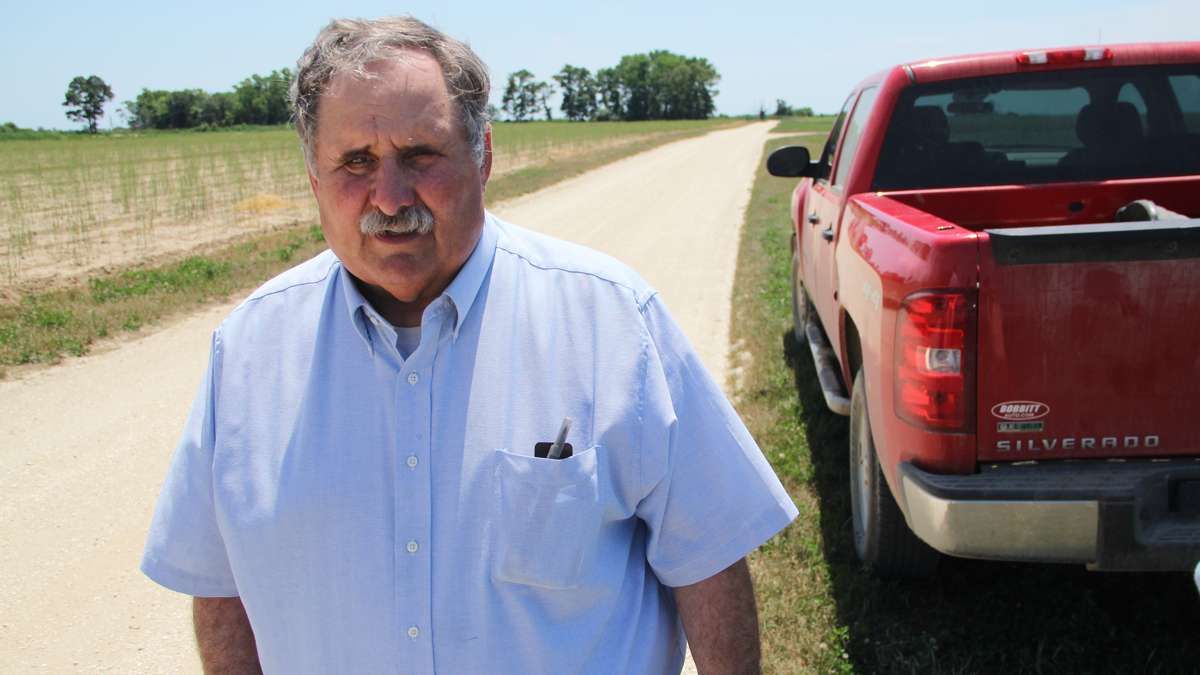
-

-
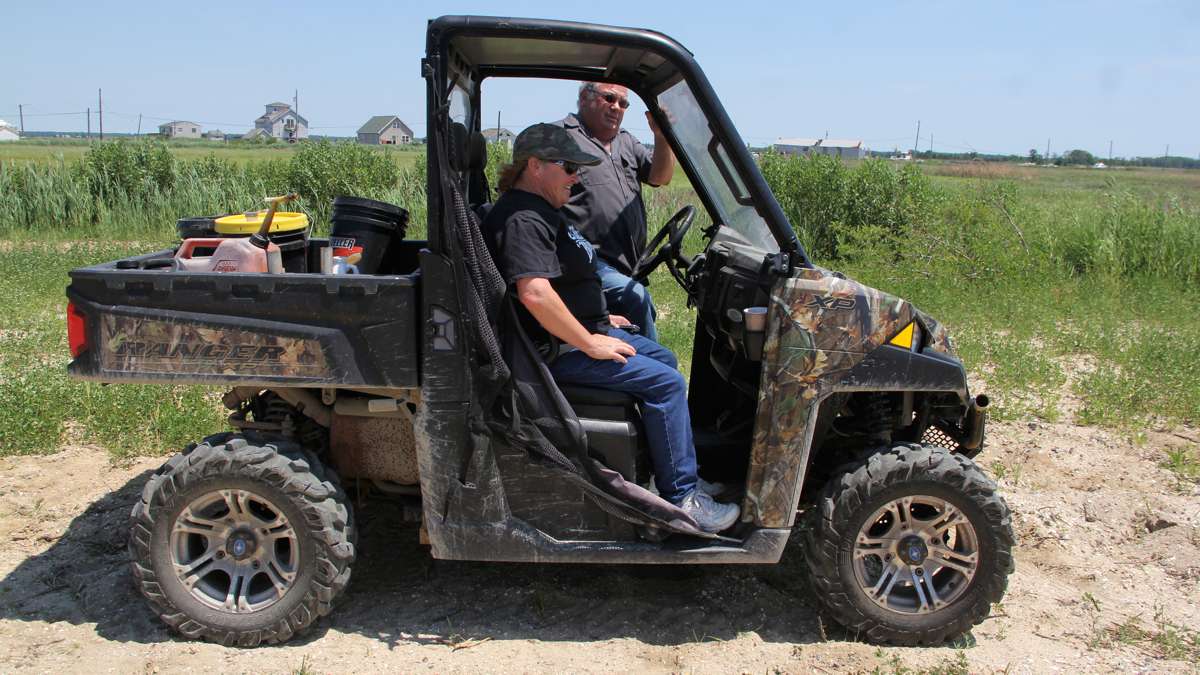
-

-
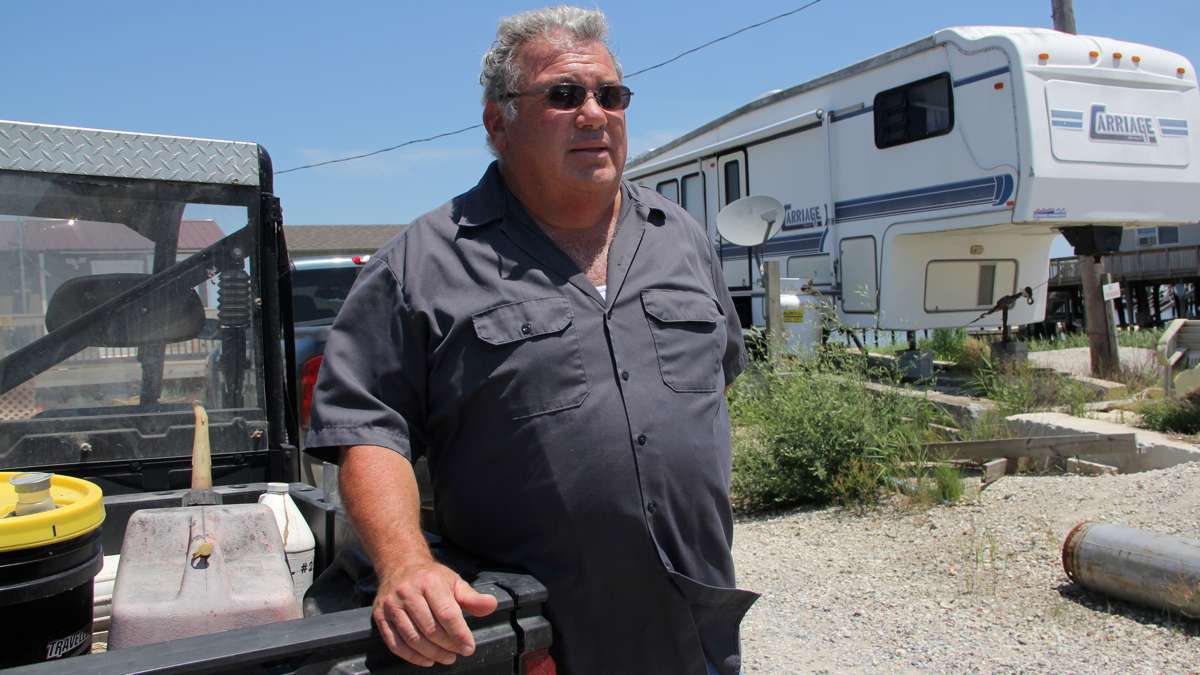
-
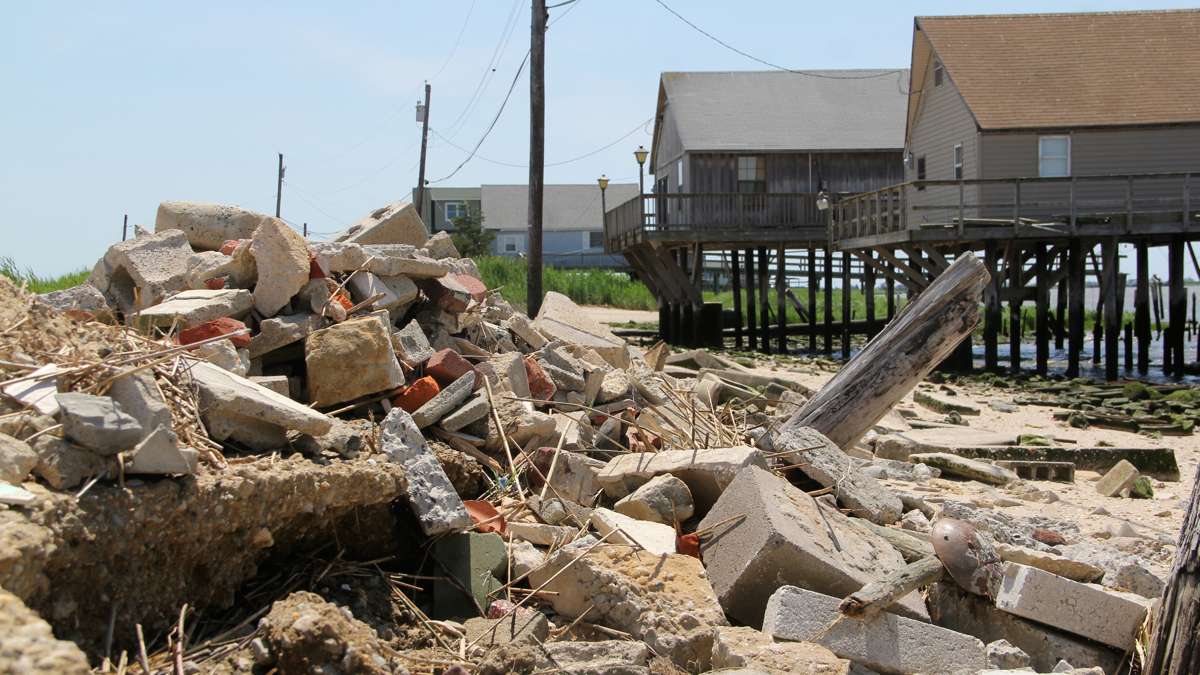
-
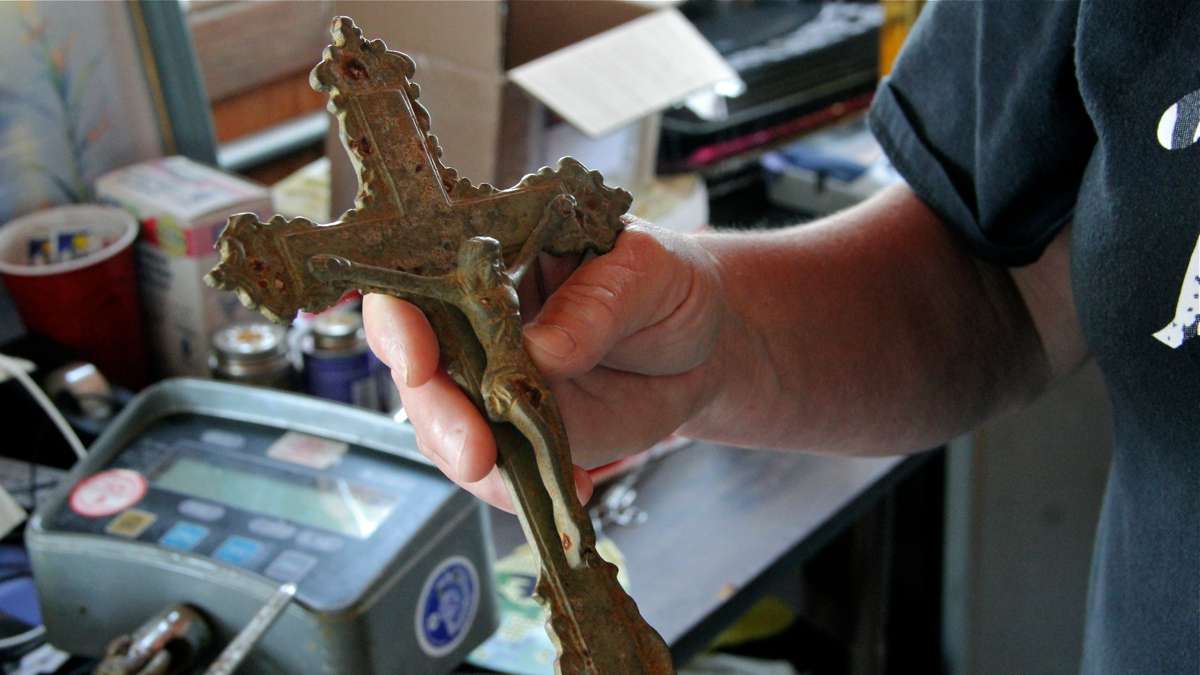
-
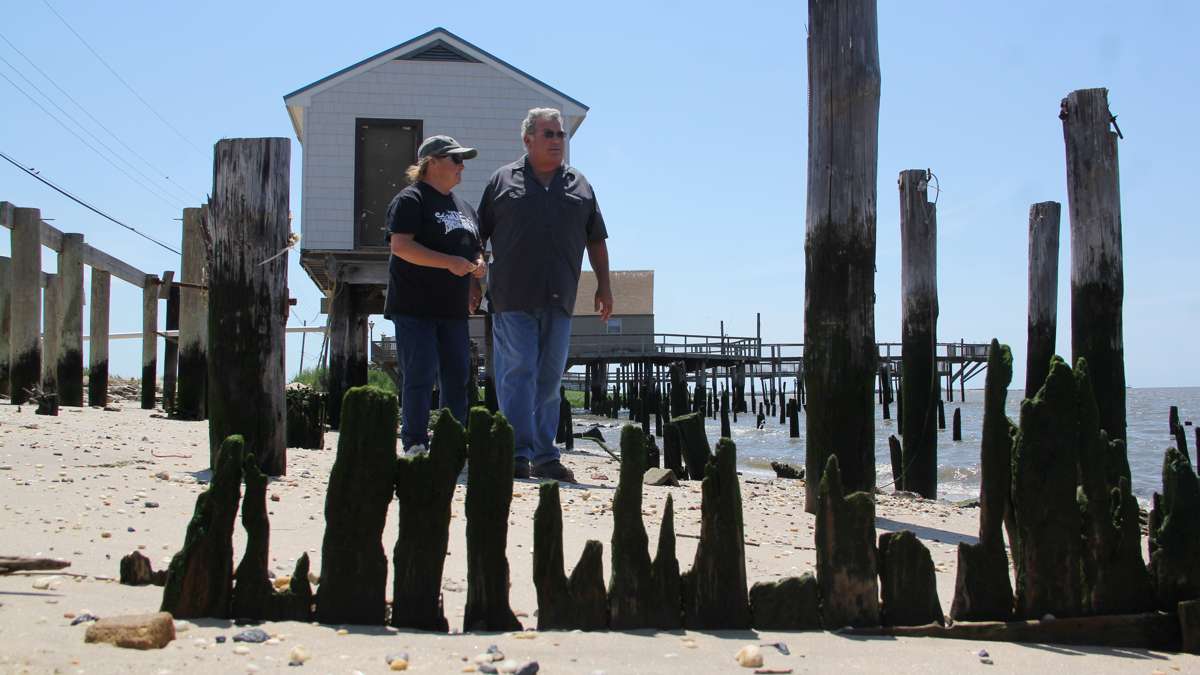
-
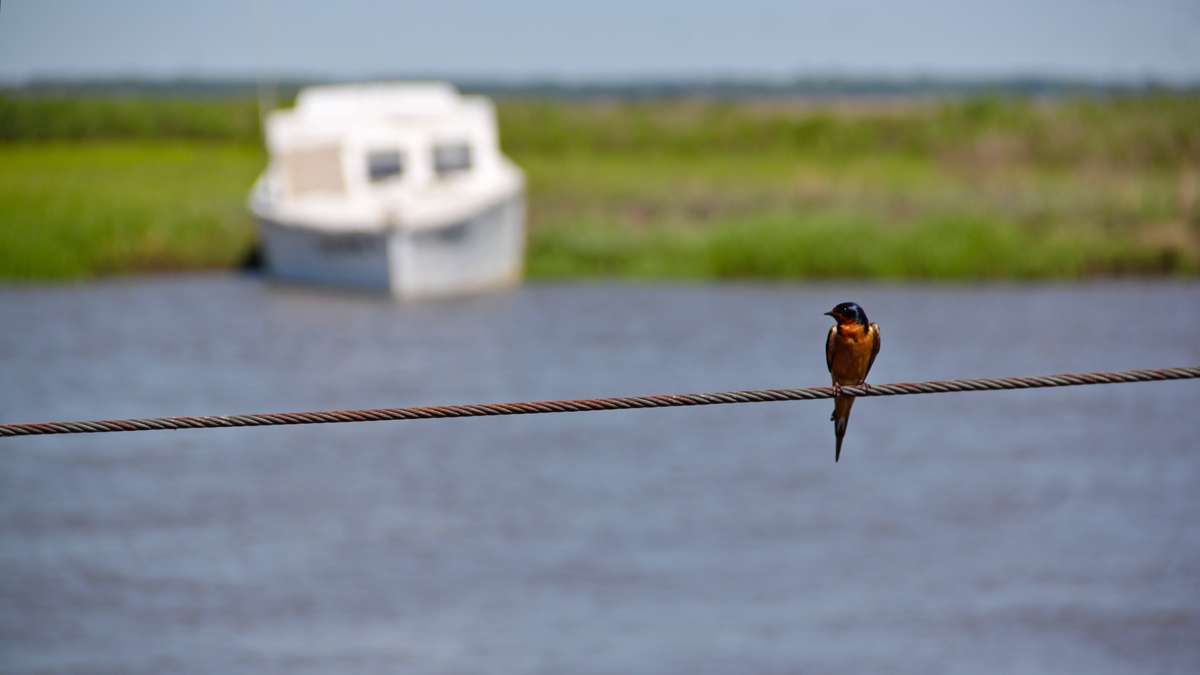
-
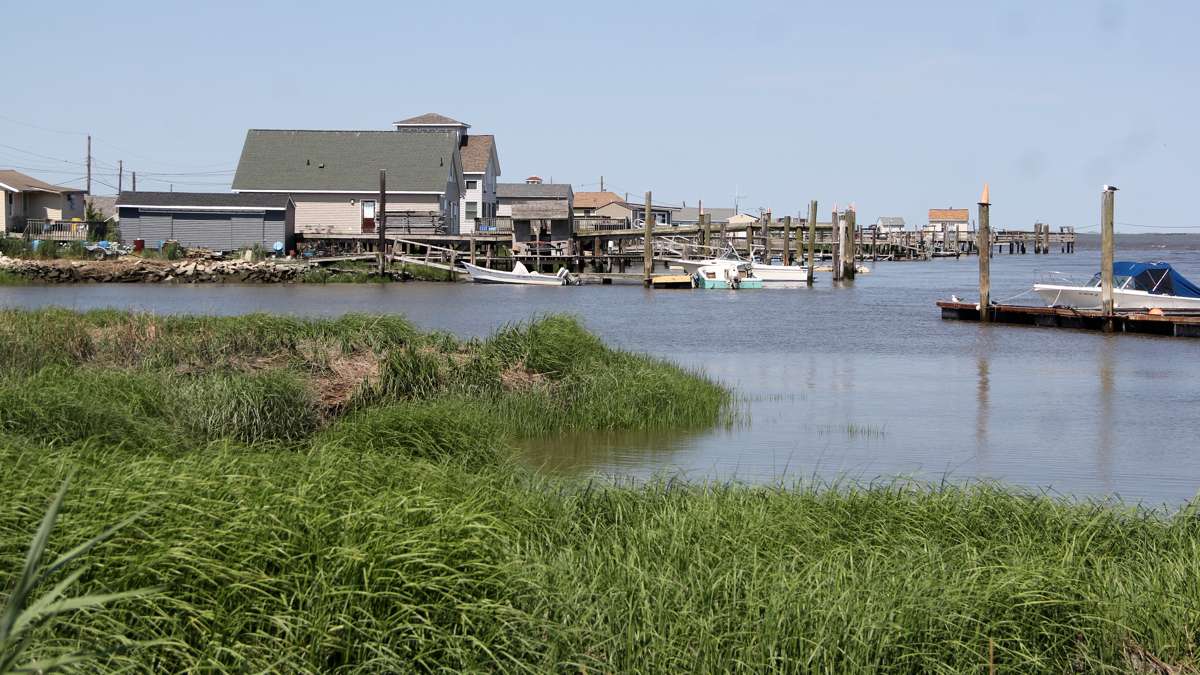
-
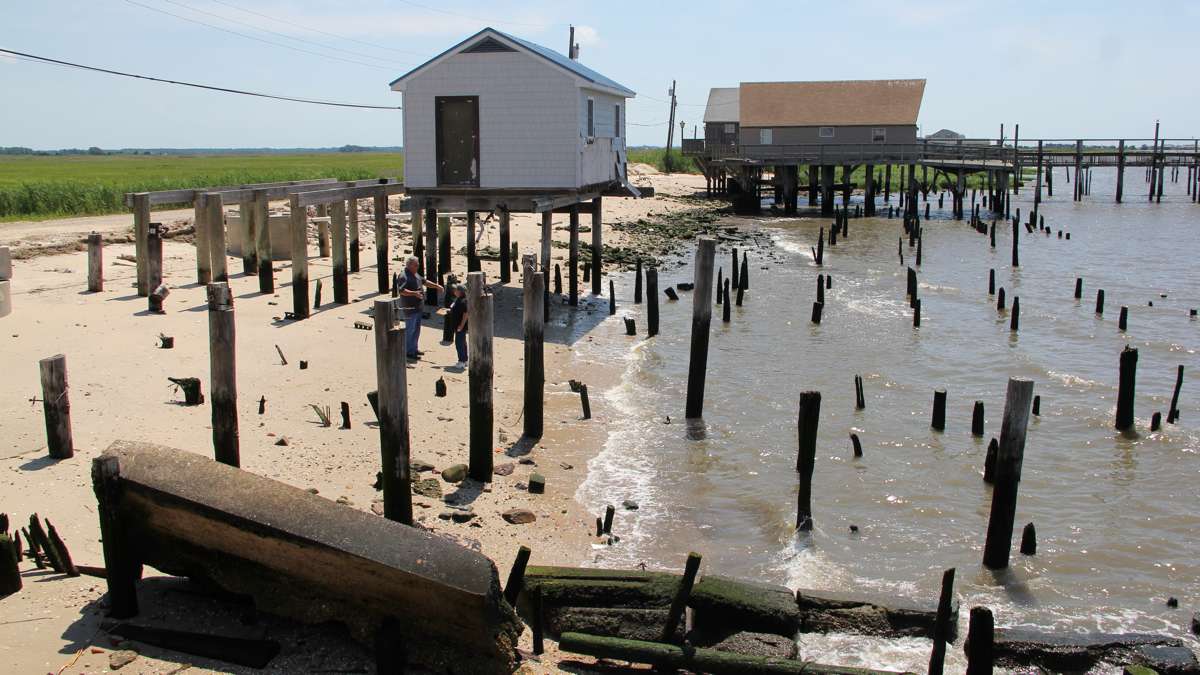
-

-

-

-

-
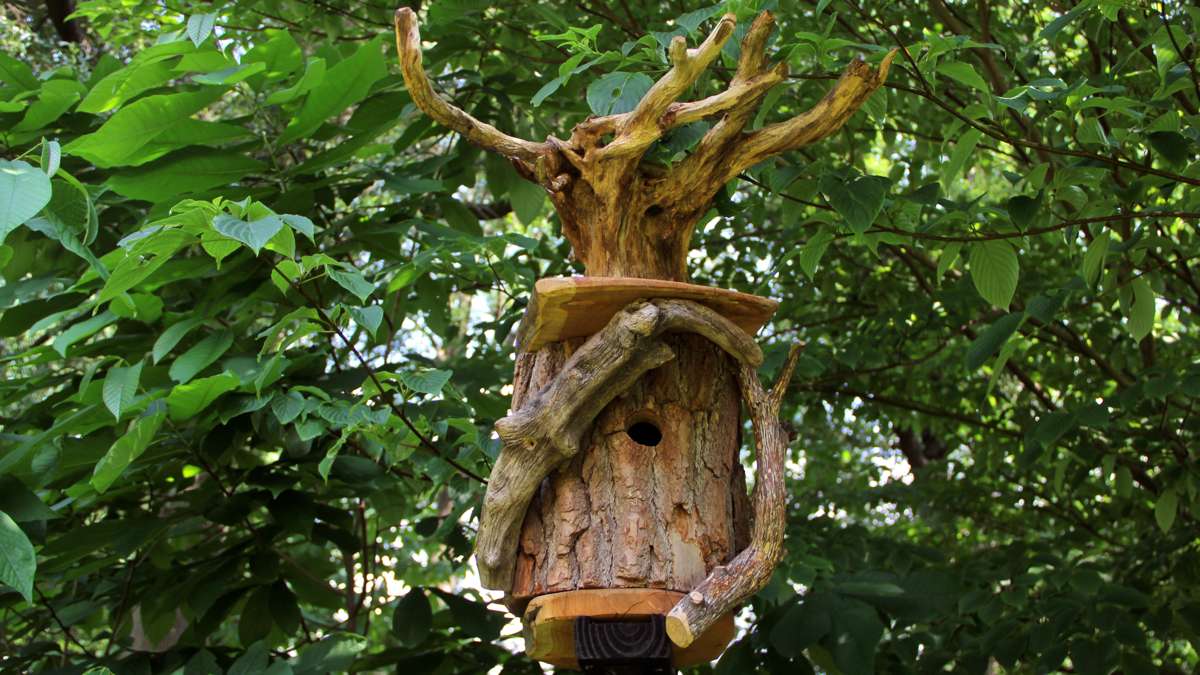
-

-

-

-

-

-

-

-

-

-

-
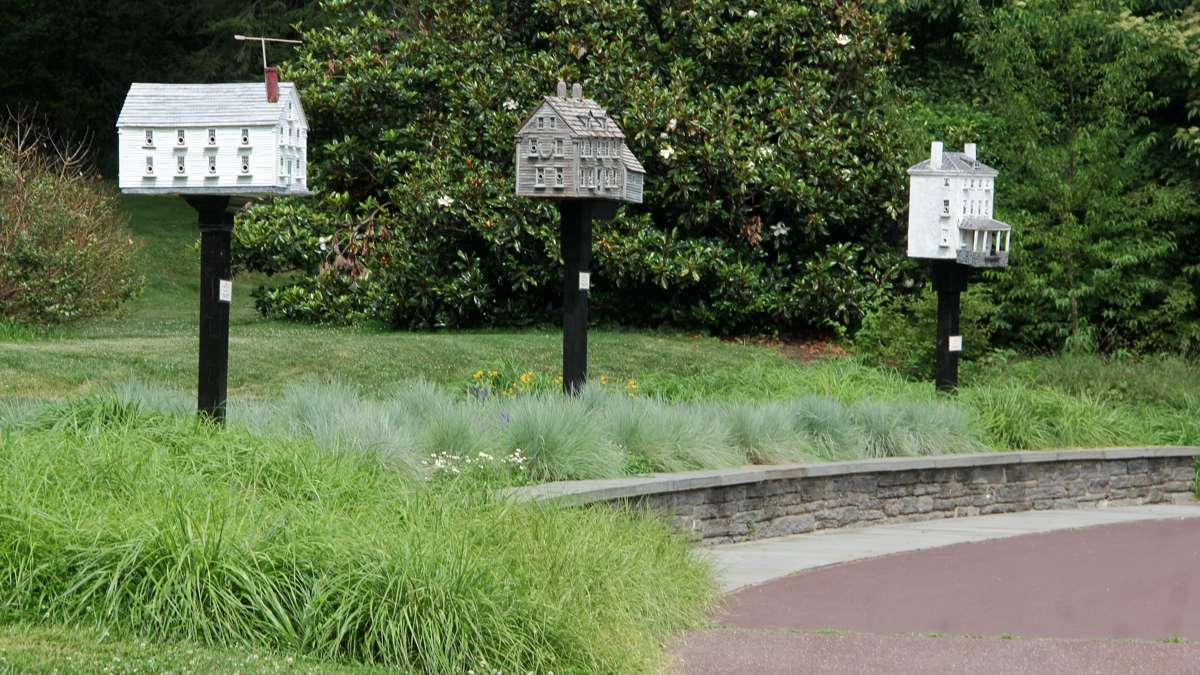
These birdhouses designed by Thomas F. Burke were based on Andrew Wyeth paintings and were displayed last year at the Morris Arboretum in Pennsylvania. Burke's houses on display along the Wilmington Riverfront were damaged by vandals. (Emma Lee/WHYY)
-

-

“A lot of people relate to birdhouses,” says Bob Gutowski as he leads a tour of 29 birdhouses installed along the walking path of Morris Arboretum in Chestnut Hill.
The arboretum’s director of public programs solicited local artists to submit birdhouses for a summer art installation in the 92-acre garden. They were free to go as far afield as they liked, sometimes making birdhouses that did not relate to birds.
A jewelry maker crafted a classic shingled birdhouse out of snipped antique tin. A ceramicist made a human head with a hole in the ear. An architectural salvaging company made a birdhouse out of stacked wooden drawers.
Many of the houses have no winged residents. But that’s not really the point. Birdhouses, like any real estate, are all about location. These houses are meant to be gateways for visitors to discover the gardens.
“You can’t look at these birdhouses without looking at the landscaping beyond. That’s where the birds live,” said Gutowski. “They don’t just live in the house. They live here in the garden, they live in your community, in your neighborhood, in your yard. We want to make that connection.”
Gutowski says many young visitors explore the grounds looking for all the birdhouses, in the process visiting almost every section of the 125-year-old garden.
Many of the birdhouses are made for the pleasure of people. Birds prefer holes and compartments of a certain size and depth, with a certain amount of protection. A birdhouse made out of castoff bicycle inner tubes called “Toss!”, for example, has none of these. A birdhouse covered in sea moss is more valuable to birds as a source of nesting material than a home.
Artist Thomas Burke makes birdhouses that are miniature versions of real houses, including the clubhouse at the Augusta National Golf Club (home of the Masters Tournament) and the Bedford, New York, home of Martha Stewart. He made a series of birdhouses based on the Chester County farmhouses that appear in the paintings of Andrew Wyeth.
Burke works for clients who often want their birdhouses to be self-reflective.
“I make them inspired by their own homes or their summer homes,” said Burke, a former contractor in Wilmington. “I’ve done places of business and favorite vacation spots.”
Burke designs his birdhouses to be attractive to birds, as well as to clients. His mansionlike constructions are made with interior compartments that are ideal for purple martins, which prefer large communal homes.
His houses at Morris Arboretum, however, are gutted.
“If you don’t take really good care of a martin house – like clean it out every two to three weeks – the houses are taken over by wrens and sparrows. We call them evil wrens and evil sparrows,” said Burke. “So I don’t really do them for martins anymore. Nobody takes care of their house like a martin house should be taken care of.”
The Morris Arboretum has placed the 29 artistic birdhouses where they can be best appreciated by visitors, not birds. Gutowski says the arboretum has its own program of building and placing birdhouses – including blue martin houses – that keep migrating birds happy. He says more than 100 species of birds can be spotted on the grounds.
WHYY is your source for fact-based, in-depth journalism and information. As a nonprofit organization, we rely on financial support from readers like you. Please give today.





